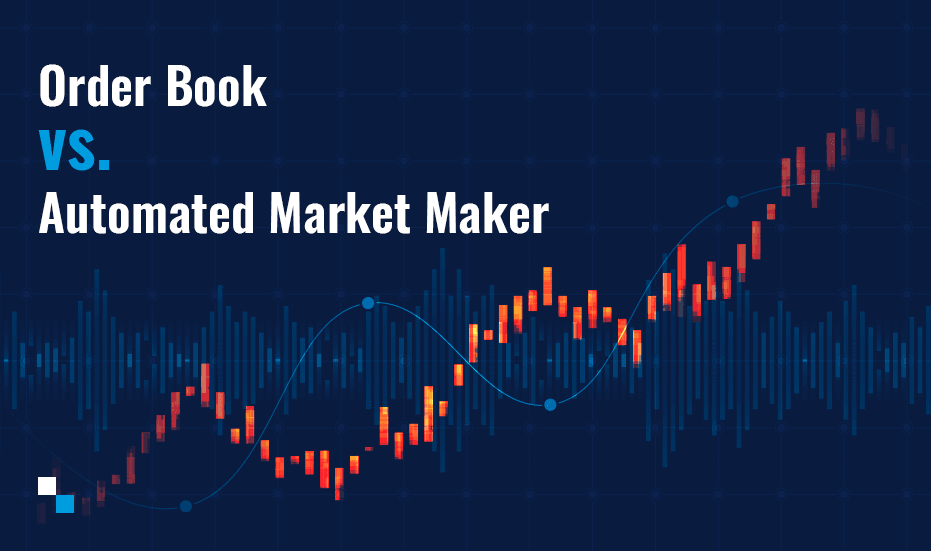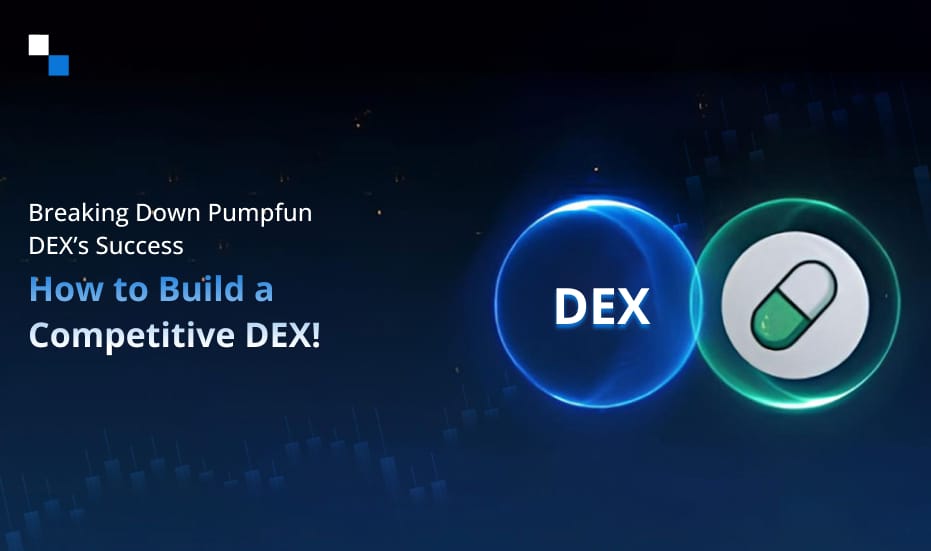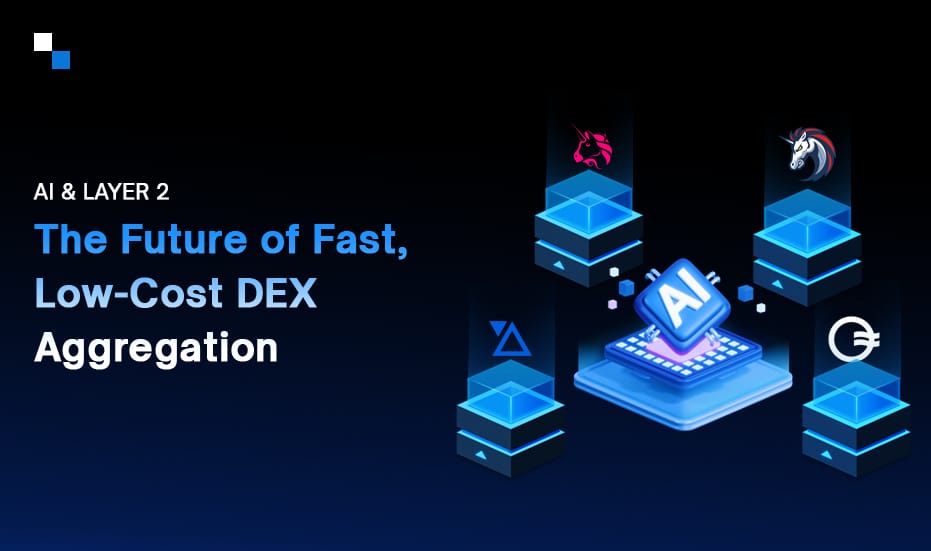
Reinvigorating P2P Lending with Blockchain
May 17, 2021
Stablecoin vs. CBDC: Who is Positioned to Win?
May 20, 2021The blockchain industry was built on the ethos of decentralization. However, until early August 2018, the blockchain-powered cryptocurrencies were traded on centralized exchanges like Binance. Then DeFi (Decentralized Finance) happened and traders started to move towards Decentralized Exchanges (DEXs). Recently, the white label crypto exchange development of DEXs witnessed huge spurge. That’s because, during mid-2020 the trading volumes on Uniswap, the leading DEX surpassed the trading volumes of Coinbase, the leading centralized exchange (CEX).
DEXs became popular because they removed the middlemen from crypto trading and enabled crypto trades with lower fees. However, DEXs have their own set of challenges like liquidity issues. This was a bigger concern for the first generation DEXs that used order books but is being solved by employing Automated Market Makers (AMM).
Let us take a look at how AMM DEXs are better than order book DEXs. Can we combine both to create a hybrid DEX?
What is an Order Book?
As the name suggests, an order book lists all the buy/sell orders of a particular cryptocurrency. A buy order is known as a bid while a sell order is known as an ask. The order book maintains the numbers of tokens that are being asked or bid at a particular price point.
When the traders put their orders, the order book organizes them according to the price associated. As a result, as long as there is a supply and demand, any DEX trader can trade the asset. When an exchange is developed using a Binance clone script, it will automatically be a CEX based on the order book.
Advantages
Order books are suitable for an exchange where the liquidity is high. That’s because they help maintain low slippage irrespective of the trading volume.
Disadvantages
However, the hard fact is that DEXs are still struggling to establish higher liquidity. Due to illiquid markets, traders have to wait for long times which results in more exposure to market volatility and large spreads.
Market manipulation is another problem faced by DEXs that use order books. What this means is that based on the ask and bids placed in the order books, the speculators could manipulate the market by shifting the market sentiments. Along with that, the order book-based DEXs are also prone to issues like wash trading, and that is why the developers started looking for other options.
What is an AMM?
AMM or Automated Market Maker-based DEX replaces the order book with a liquidity pool. This liquidity pool is basically pre-funded by the users who are known as liquidity providers or LPs. Every AMM-based DEX incentivizes the LPs in a different way. Effectively, the LPs become the market makers. The concept of AMM was popularized by Uniswap where the current liquidity of the trading pair is taken into account based on an algorithm. This helps provide traders with an instant quote.
Advantages
When an AMM offers promising incentives, the liquidity providers rush to it. Thus, it really solves the fragmented liquidity issue of the DEXs. This is a big advantage as the traders immediately get the price. However, the concept is still evolving and liquidity pools are not comparable to the size of the centralized exchanges. This happens particularly to the assets that are not traded much.
Due to this, the less traded assets suffer high slippage, especially when a large order is executed. For low slippage, the order size must be less than 1% of the total liquidity pool which is a rare occurrence.
Additionally, there is a certain percentage of risk associated with the liquidity providers. While many believe the LPs can earn fixed income, the fact is that there exist impermanent losses which have to be incurred by the LPs. Basically, the liquidity provider can earn maximum profits only when the token trade and token supply price ratio is the same. Whenever the price ratio changes, the impermanent loss can be deducted from the LPs earnings. Thus, if there is a massive price movement, the LPs could be put to significant losses.
Can Hybrid DEX be a solution?
The decentralized exchange development fraternity is trying hard to overcome the issues. One of the design model changes that is being implemented is developing a DEX that incorporates both AMM and order books. However, these designs are still in their infancy and will take time to develop.
Final Thoughts: What is better?
Automated Market Maker based decentralized exchanges solve one of the biggest issues of the DEX space. Meanwhile, the order book-based DEXs are working hard to improve the liquidity. At present, the best approach is developing DEXs based on an AMM because many solutions have emerged that promise to solve the impermanent loss issue too. For the time being, it can be said that AMM has run the race.
If you are looking for DEX or Bitcoin exchange software development services, get in touch with us. We have delivered various feature-packed exchanges in the market that are a huge success. Whether you need a centralized exchange or a decentralized exchange, we successfully cater to your needs with our mission-driven solutions.
Connect without subject matter experts to share your business needs.



